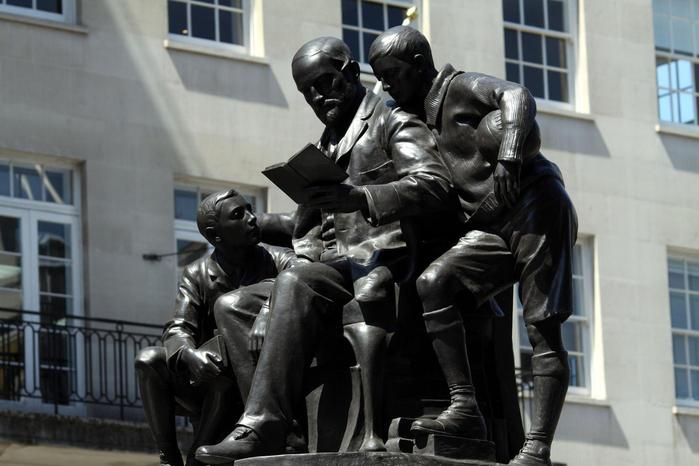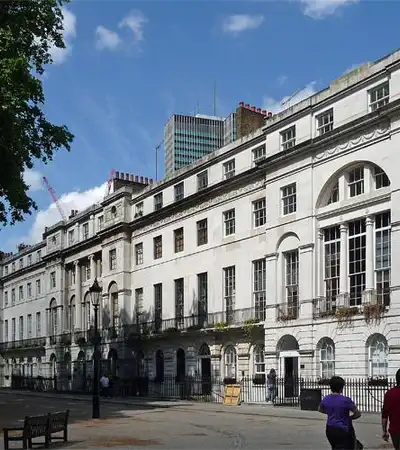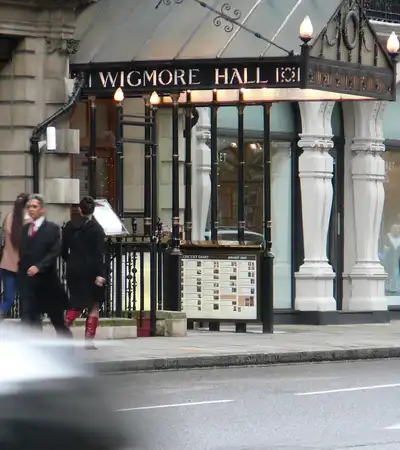London, a city steeped in history, has a way of honoring its heroes with as much pomp as subtlety. One such tribute is the Quintin and Alice Hogg Memorial, a monument not often listed in the typical tourist itinerary but offering a rich narrative and a peaceful spot to ponder the city's philanthropic past.
Located near the bustling Regent Street in the heart of London, this memorial salutes the remarkable contributions of Quintin Hogg and his wife, Alice. Hogg, a Victorian philanthropist, dedicated his life to improving the conditions for the youth in London. He founded the Polytechnic Institute in 1881, which later evolved into the University of Westminster. This wasn't just a school; it was a beacon of hope, providing educational and recreational facilities to those who were most in need.
The monument itself is intriguing—a statue of Quintin Hogg stands, surrounded by children, symbolizing his life's work. Alice, though not represented as a statue, played a crucial role in his endeavors and is commemorated at the site. This partnership in philanthropy is a touching reminder of the power of collaborative work toward common good. It's interesting to note, however, that despite her significant contributions, Alice's recognition came much later, which mirrors the often-overlooked roles of women in history.
When visiting, you might find yourself wondering, "How can I connect with this piece of history?" Engaging with the memorial can be as simple as sitting on one of the nearby benches and watching the hustle of modern-day students going about their day. It's a vivid illustration of the lasting impact one individual's efforts can have on generations. Moreover, if you're a philanthropist at heart, this site might just inspire you to consider what legacy you'd like to leave behind.
The design and placement of the memorial raise an interesting contradiction. Although prominently located, it's easy to miss in the daily shuffle. This juxtaposition makes discovering it feel like uncovering a hidden gem right in the public eye. The memorial not only serves as a reminder of the Hoggs' work but also symbolizes the quiet persistence of good deeds, often uncelebrated but resolute and enduring.
For those interested in the architectural and artistic aspects, the memorial offers a study in early 20th-century sculpture. The figures are cast in bronze, a material chosen for its durability and stately appearance—qualities that reflect the enduring nature of Hogg's work. Observing the finer details and the expressions captured in bronze can be quite an absorbing experience.
So, while the Quintin and Alice Hogg Memorial might not command the immediate attention of London's more grandiose monuments, it certainly deserves a visit. Whether you're a history enthusiast, an admirer of art, or someone looking to understand more about London's philanthropic landscape, this memorial provides a quiet but powerful commentary on the impact of personal commitment to public service.
In essence, a stroll to this memorial offers more than just a lesson in history. It's a chance to reflect on the ongoing story of a city continually shaped by the generosity of its citizens. As you leave, you carry with you not just memories of a site seen, but the stirring of perhaps, what more you can do in your own community—no grand gestures needed, just a willingness to contribute in ways big or small.








